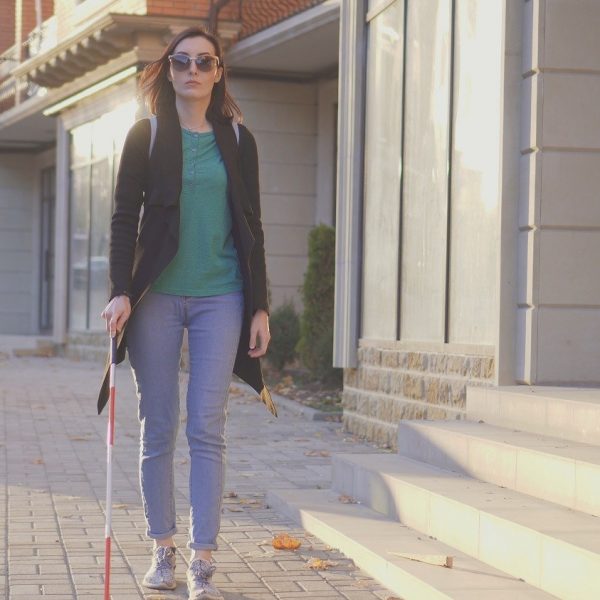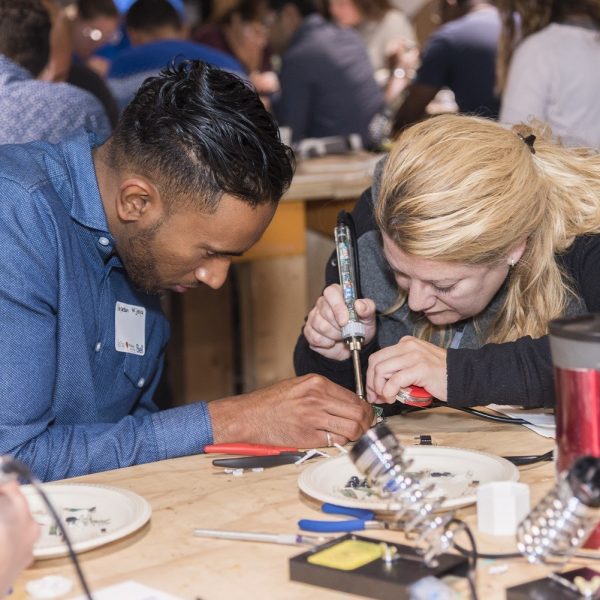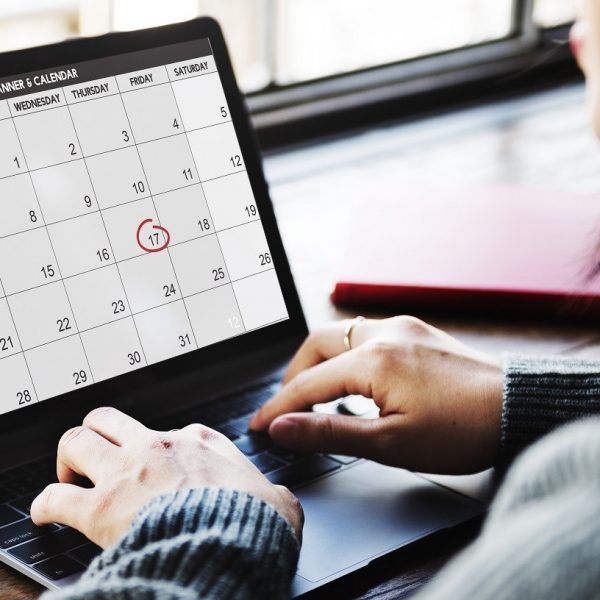Symbol Support

In the past, students were often treated with a “one size fits all” mentality, and in many cases, individuals with wildly different learning styles were forced to complete their work within a narrow educational framework. The reality is, all of us learn differently; some of us are visual learners, some of us kinesthetic learners, some prefer auditory learning, and some prefer reading/writing based learning. The app that we are looking at today is very much geared towards the visual learners among us.
WordQ: An Overview

Originally created in partnership with Holland Bloorview Kids Rehabilitation Hospital as a writing and research app for individuals with physical or learning disabilities, WordQ quickly became recognized as an app that could be beneficial to all students, especially for those individuals who struggle with English as a first or second language. Originally created in the early 2000s, this app is now in its 5th iteration, with new features and functions being added in every new version. Today, WordQ is available for iPad, Chromebook, PC, Mac, and as an extension to the Google Chrome internet browser, making it compatible with virtually any modern computer.
Audible.ca: Accessibility in Audio

In recent years, audio-based entertainment and learning has becoming more and more prevalent with the rise of many audiobook services such as LibriVox, Kobo, and, the subject of this week’s ebulletin, Audible.
Audible not only offers an impressive library of audio-based books, radio shows, magazines, and theater performances, this service features top-tier actors and narrators such as Emma Thompson, Jimmy Carter, John Malkovich, and countless other A-list talents.
myCall-to-Text: a Real-Time Transcription App

Anybody who has had to deal with hearing impairments, poor hearing, or too much background noise during an important conversation has probably at least once in their lives wished that their conversations could have been closed captioned. And, especially for corporate users, having those captioned conversations transcribed and saved for later review could be invaluable within the business world. The app that we’re looking at today does all that and more.
Aira: an App/Service for the Visually Impaired

For many of us, the ability to effectively navigate the outside world is something we take for granted. But, for individuals who are blind or have low vision, engaging with the outside world can be a frustrating and sometimes frightening experience. Now, imagine if there was an app/service that allowed users to “borrow” someone’s vision when they needed it the most?
UN Day for Persons with Disabilities LipSync Buildathon

On December 3rd, Makers Making Change will be hosting a LipSync Buildathon in Fredericton, an event that will have community members building an assistive device, the LipSync. The LipSync is a mouth controlled input device, or mouse, which enables people with little or no hand movement to operate a touchscreen device, tablet, laptop or desktop computer. Participants will learn soldering, assembly and 3D printing skills while being guided by Neil Squire Society staff through the building process, so even those with no experience building will be able to participate!
Ava: Real-time Captioning for the Hearing Impaired

For individuals who are deaf or hard of hearing, having access to the appropriate technology can mean the difference between being a part of the conversation and being left on the sidelines. And while many individuals who are deaf/heard of hearing are capable of reading lips in a one-on-one setting, there are still many barriers when it comes to effectively communicating with the outside world. This is especially true in group settings when multiple individuals are speaking at once, often overlapping and interrupting each other.
The WheelMate App

In the tech world, universal design and accessibility has quickly shifted from concept to creation. Accessibility-friendly corporations like Google and Apple have facilitated that shift within the past decade by creating and fine-tuning devices that allow people to communicate in ways that were never possible before. Many of these advances in assistive technology have allowed individuals with disabilities to more meaningfully participate in society through innovative means of communication such as text-to-speech, speech-to-text, braille technology, AAC, and more. More than that, many of these innovations come built-in to mainstream smartphones and tablets, making the barrier to accessibility even lower.
Apple Voice Control Added

Apple has been at the forefront of built-in accessibility features since the initial launch of the iPad, and a recent announcement at the Worldwide Developer Conference proves that Apple is showing no signs of slowing down on the accessibility front. During the conference, it was announced that among the many tweaks and updates coming for iOS 13, a new accessibility feature would be added to the already impressive list of built-in accessibility features available for iOS.
Calendly

Calendars have been essential to human productivity and planning for thousands of years. As we’ve evolved as humans, we’ve seen calendars go from stone, to paper, to pixels on a tiny screen in our pockets. This shift in format and overall growth in technology is especially helpful for individuals with executive functioning and/or attention challenges who might otherwise find it extremely challenging to keep track of appointments, meetings, dates, etc. in a paper format. But, with that being said, mainstream digital calendars can sometimes be difficult to manage, particularly when scheduling multiple people across multiple time zones, which is often necessary in the business world. The app that we’re going to look at today seeks to simplify and streamline that process for every user, across virtually any email platform.



